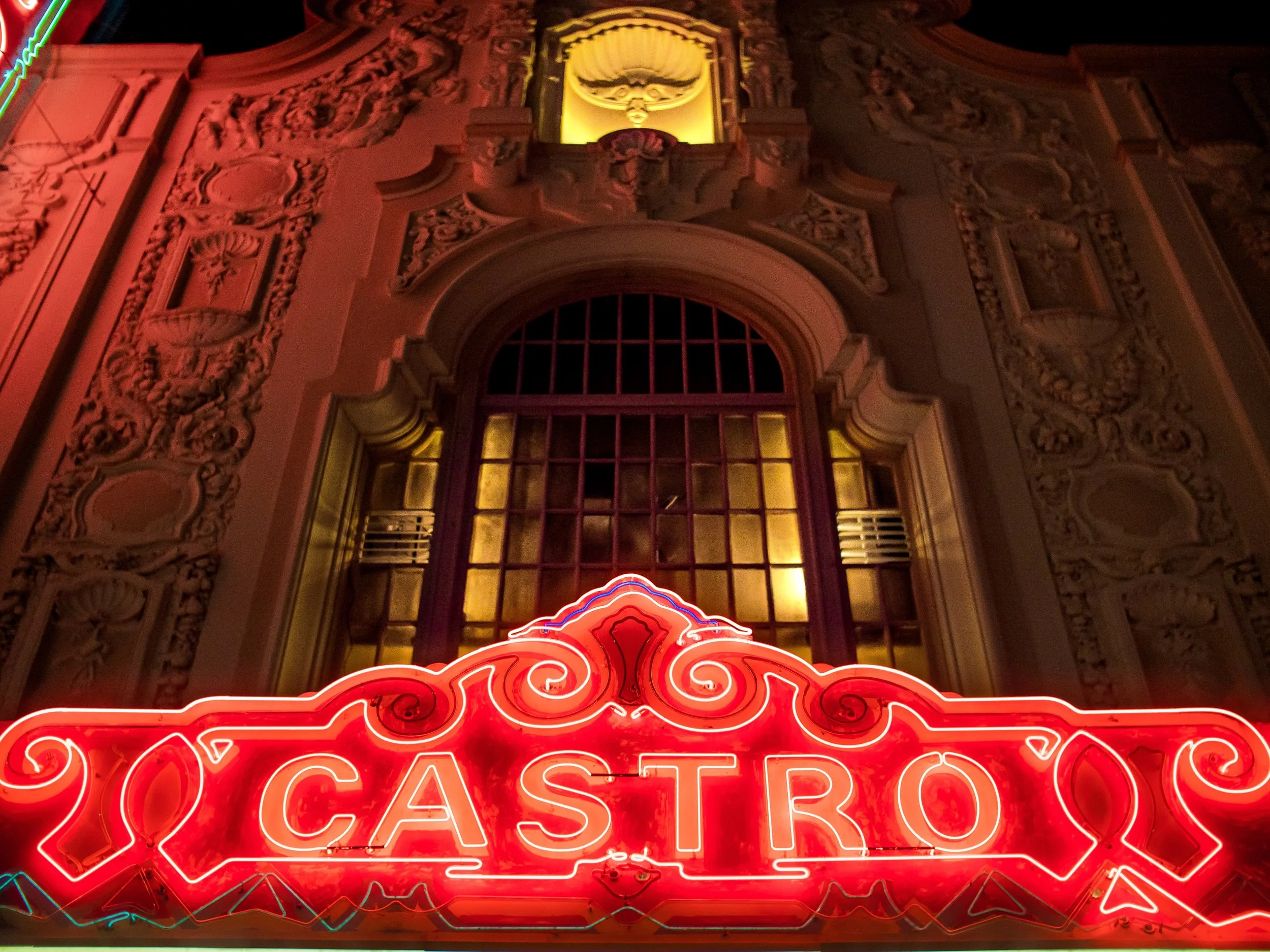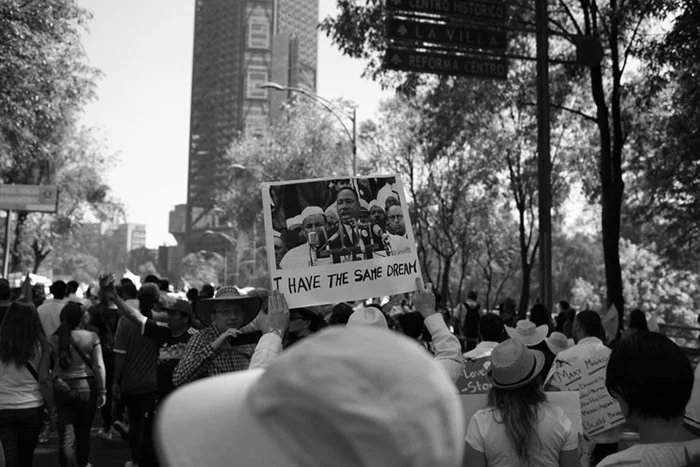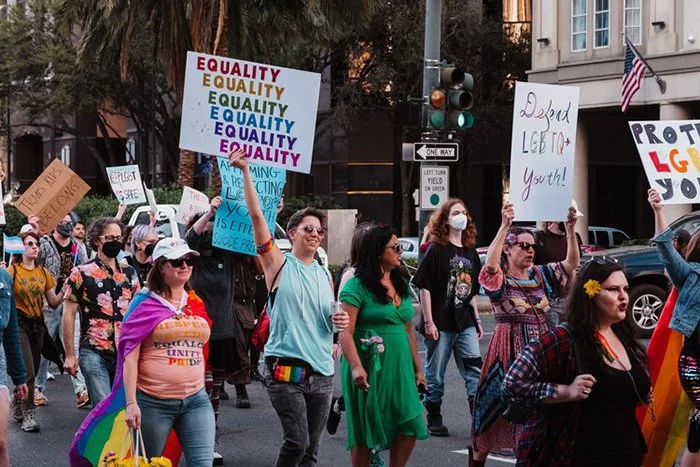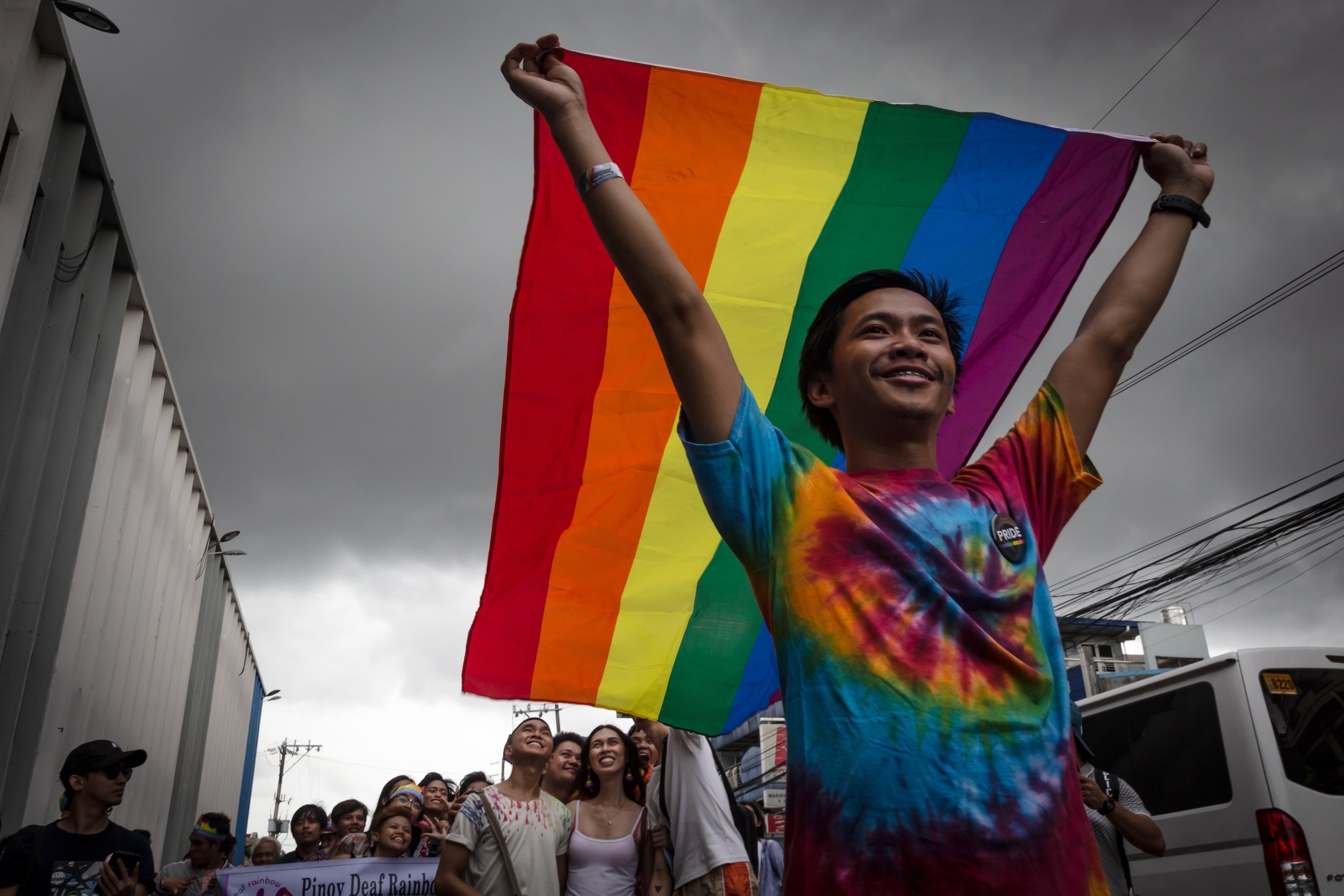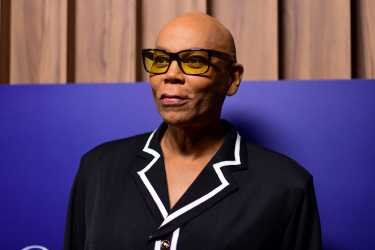We are excited to announce that The San Francisco Gay Men's Chorus has moved into our new home, at 170 Valencia Street, near the Castro neighborhood, where it all began! After nearly 45 years without a permanent rehearsal room, office, conference room, or community engagement space, we are thrilled to have one! Though it may be our new home, we also want it to serve the community.
As part of our commitment to the growth of LGBTQ+ students, artists, researchers, activists, and leaders, we will be holding public events as well as housing the Chan National Queer Arts Center in our new building. This space allows LGBTQ+ people to share their experiences and develop projects that will strengthen the community now and for the future.
New Performing Arts Building
Harold Stoner's 1930s art deco building is a true San Francisco architectural icon. Considering our deep roots within the city, we are delighted to be able to call it home. Initially built for the Independent Order of Foresters, a fraternal society, the building was also the home of a Baha'i center between 1976 and 2018. The four-story building has a large lobby, auditorium, stage, and dressing rooms, elements of which are essential for our chorus to operate successfully. It is necessary to renovate and modernize the interior of the building before it can be used as a performing arts center.
In his remarks, the San Francisco Gay Men's Chorus’ CEO, Christopher Verdugo, emphasizes, “Terry Chan was one of our founding members in the chorus back in 1978.” In honor of Mayor George Moscone and Supervisor Harvey Milk, a candlelight vigil was Chan's first performance with the chorus. Since the first concert, Chan has been intensely proud of the chorus and "loves the chorus with his full heart," Verdugo explains, which is evident from his deeply personal commitment to the LGBT community. Chan's commitment to the San Francisco Gay Men’s Chorus led to his grateful founding gift with his husband, Edward Sell, of $5 million. Chan, in the words of Verdugo, is an, “amazing, amazing humanitarian and philanthropist.”
Expanding SFGMC's Leadership in the Community
In 1978, San Francisco was introduced to the Briggs Initiative, which would have made it legal to terminate LGBTQ+ employees from public schools based on their sexual orientation. In the same year, a brick-buying campaign was run to raise funds for constructing an LGBTQ+ community center. Verdugo explains, "...the space they were raising funds for was the very space that we're in, 170 Valencia."
By establishing the Chan National Queer Arts Center, we have brought together the Chorus' legacy and our future endeavors. We are delighted to have our permanent home in San Francisco, CA. Through this, we can strengthen our mission to inspire activism, foster compassion, and build community through music. Additionally, Glenn DeSandre, MD, Chairman, Board of Directors, explains the center "will create opportunities for other queer arts organizations and artists to make music, drama, and art that inspire others to activism to make the world a better place for us all."
As part of our community integration efforts, we will organize several activities and events throughout the season to continue sharing love and light with San Francisco residents. The Chan National Queer Arts Center, Verdugo continues, "will provide an opportunity for our community to come together, both queer and queer allies, to create art and music and be in that transformational space that allows for the possibility." We will also continue to perform at our favorite venues throughout the Bay Area.
Performances and Public Programs in San Francisco, California
The San Francisco Gay Men's Chorus can now host community events in ways that were never possible before. Among these featured events are guest performances from LGBTQ+ high school and college choirs from across the country and around the globe.
Now that we have access to new recording and production studios, we will continue producing the Behind the Curtain series, a digital content series featuring exclusive interviews with LGBTQ+ artists and musicians, member-made videos, and more. In addition, we will be able to record our performances and chorus members.
Community Engagement and Partnerships
With the support of local schools, organizations, and educators, we have advocated for young people and adults for over 45 years. Also, our success with RHYTHM (Reaching Youth Through Music) in San Francisco schools has inspired us to extend our model to other schools all over the country. By joining forces with It Gets Better, we will also be able to offer nationwide performance programs.
The support and unparalleled leadership we have graciously received over these years will be a powerful asset for our next chapter as a national organization. By engaging the global queer community and the San Francisco community, we will be able to attract some of the world's most talented and creative artists and thought leaders to the Chan National Queer Arts Center.
This means LGBTQ+ arts organizations and movements can use the Chan National Queer Arts Center for rehearsals and meetings. We'll represent the community comprehensively by exchanging ideas, work, creativity, stories, and passions, advancing the field, and serving as a model for similar centers to be set up all over the country.
The Chan National Queer Arts Center
In its 45 years of advocacy, the San Francisco Gay Men's Chorus has championed civil rights, equality, and acceptance. As a result, social justice and activism permeate our lives and influence everything we do.
"Rather than create a space just for us," Verdugo clarifies, "our goal is to continue to promote social justice within the queer community." We will fulfill this through music, drama, and art, but we can't accomplish it alone. That's why the Center exists beyond our needs and provides space and resources for other LGBTQ+ artists and organizations to exchange ideas, interact with one another, and incubate new work.
Towards achieving this goal, the Center's activities will be driven by six areas of focus:
Create: Production of live-streaming courses, interviews, lectures, clinics, and symposia will be filmed and available on demand worldwide.
Share: We will offer workshop space to composers, librettists, choreographers, and other performing artists to share ideas and collaborate on new works.
Convene: We will organize a meaningful biannual symposium to foster dialogue and collaboration between activists, artists, and art leaders involved with LGBTQ arts.
Teach: We plan to offer internships and training sessions for LGBTQ+ arts managers throughout the year.
Research: We will partner with local universities to host researchers in the field, providing them with an opportunity to carry out scholarly research on LGBTQ+ arts.
Performing Arts Center Programming Starts Soon
There will be brand-new original programming at the Chan National Queer Arts Center beginning in the fall of 2023. We will continue expanding our new programs as the renovation continues. Are you interested in being the first to know when we host an event? Stay on top of all the exciting developments! Make sure you sign up for our newsletter today!
How You Can Help
As of January 27, 2020, Chan National Queer Arts Center has received $9.1 million in donations toward its goal of $15 million. Chan National Queer Arts Center is on the brink of reaching our goal, and we'd love for you to join us! It is always a pleasure for us to receive your support of our community. If you want to contribute to the building's construction or the programming we'll be launching in the coming years please contact our development department via email at [email protected].. Become a part of our dream of achieving equality for more LGBTQ+ people by donating today. Your contribution can help us reach even greater heights. This is because you will support future artistic endeavors, advance research, spread compassion, build community, and ignite the activism that happens when LGBTQ+ people unite.

